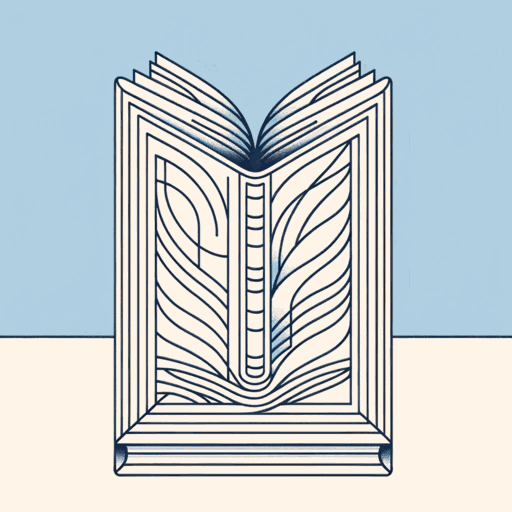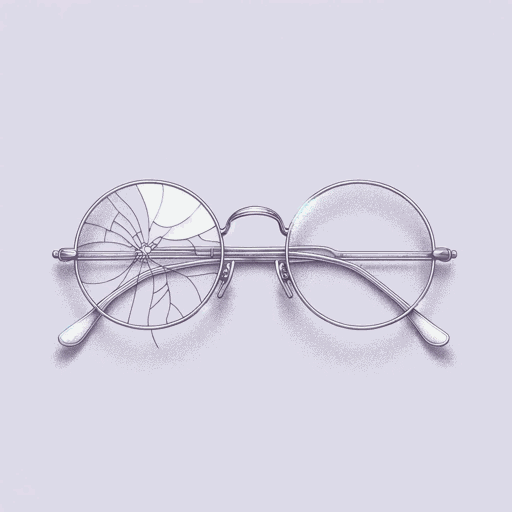36 pages • 1 hour read
Sigmund FreudOn Dreams
Nonfiction | Book | Adult | Published in 1901A modern alternative to SparkNotes and CliffsNotes, SuperSummary offers high-quality Study Guides with detailed chapter summaries and analysis of major themes, characters, and more.
Chapters 1-2Chapter Summaries & Analyses
Chapters 1-2 Summary and Analysis
Freud suggests that humans’ relationships with dreams were different before science redefined their relevance. Dreams were viewed as mystical or religious and were never associated with psychology or unconscious thought. However, this deviation from the mythology of dreams also meant that science ignored the elusive topic of how dreams interplayed with a person’s day-to-day experiences. Freud proposes that scientists must look at dreams from two angles. The first is the psychical angle, meaning the scientist must probe into how dreams are both affected by and affect the human mind. The second is the angle of meaning; the scientist must inquire into the connotation, context, and symbolism of the dream.
This idea correlates with the theme Making Meaning Through Analysis. Dreams are evasive. Those having them are often unaware of their meanings or believe them to be meaningless. Freud argues that meaning can be gleaned from dreams through a process of psychoanalysis. The first angle—the psychical angle—makes a case for the importance of studying dreams. Freud believes that by understanding dreams, the analyst can also understand the psychical relationship between the dreamer and his unconscious mind.
Related Titles
By Sigmund Freud

Civilization And Its Discontents
Sigmund Freud

Moses and Monotheism
Sigmund Freud

The Freud Reader
Sigmund Freud

The Future of an Illusion
Sigmund Freud

The Interpretation of Dreams
Sigmund Freud

The Uncanny
Sigmund Freud

Three Essays on the Theory of Sexuality
Sigmund Freud

